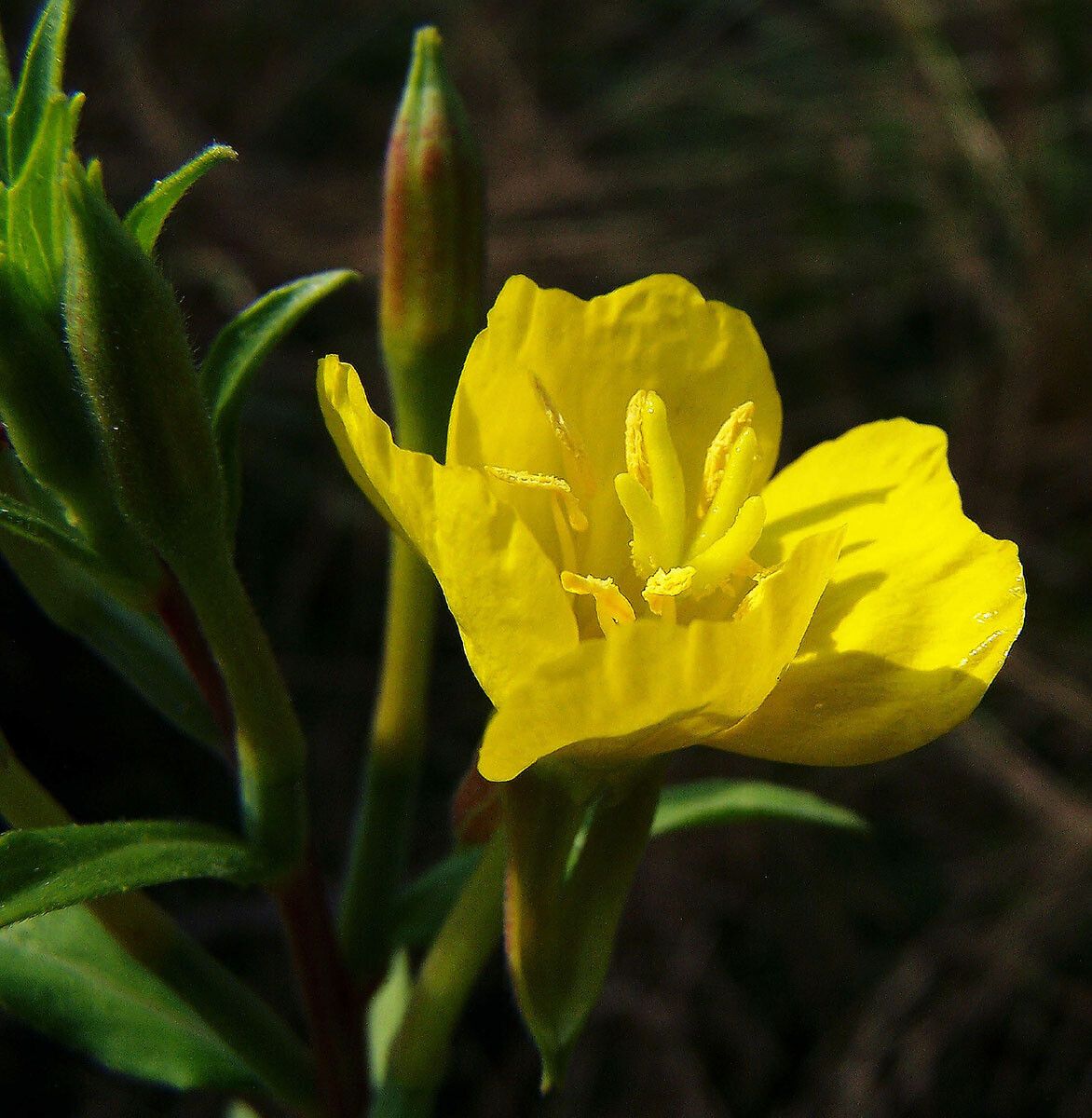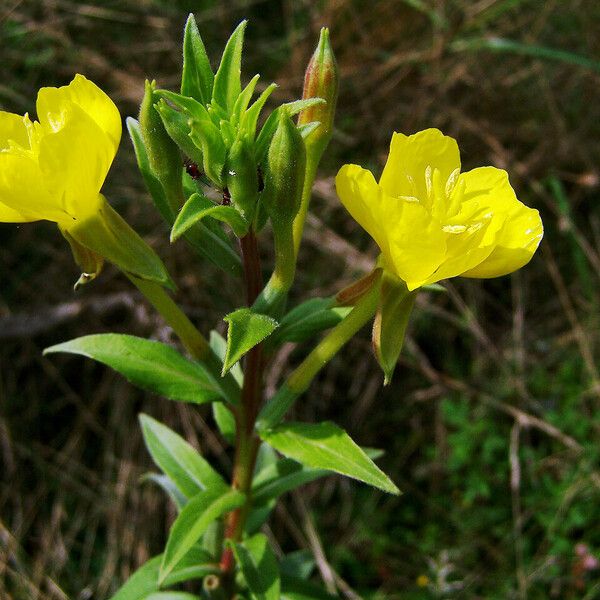StebėjimasOenothera biennis L.observed by Andrzej KonstantynowiczAndrzej Konstantynowicz2010 m. rugpjūčio 13 d.
Andrzej KonstantynowiczAndrzej Konstantynowicz2010 m. rugpjūčio 13 d.
observed by Andrzej KonstantynowiczAndrzej Konstantynowicz
Andrzej KonstantynowiczAndrzej Konstantynowicz
2010 m. rugpjūčio 13 d.
Nustatymas
Proposed determination
Labiausiai tikėtinas pavadinimas (Pateiktas pavadinimas)
100 %Confidence score
Suggest another determination
You don’t agree with the suggested species but don’t have another suggestion
Komentarai
Papildoma informacija
Sukūrimo data
2022 m. kovo 9 d.
Paskutinį kartą peržiūrėta
2023 m. spalio 9 d.
Łódź, Łagiewniki Forest
Synonym 'Oenothera biennis L.'.
Native to eastern and central North America and widely naturalized in temperate and subtropical regions.
Edible plant - roots cooked. boiled and eaten like salsify, fleshy, sweet and succulent with peppery taste somewhat resembling salsify or parsnips; young shoots raw or cooked, mucilaginous, with a peppery flavour, they are best used sparingly; flowers sweet, used in salads or as a garnish; young seedpods cooked and steamed.
Herbal plant - the bark and the leaves are astringent and sedative, they have proved of use in the treatment of gastro-intestinal disorders of a functional origin, whooping cough and asthma; a syrup made from the flowers is also an effective treatment for whooping cough; the oil obtained from seeds has become a well-known food supplement, research suggests that the oil is potentially very valuable in the treatment of multiple sclerosis, pre-menstrual tension, hyperactivity, etc.; the poulticed roots are applied to piles and bruises; a tea made from the roots is used in the treatment of obesity and bowel pains.
Useful plant - a yellow dye is obtained from the flowers; a finely ground powder made from the flowering stems is used cosmetically in face-masks to counteract reddened skins.
Shared in
Grupės (13)



